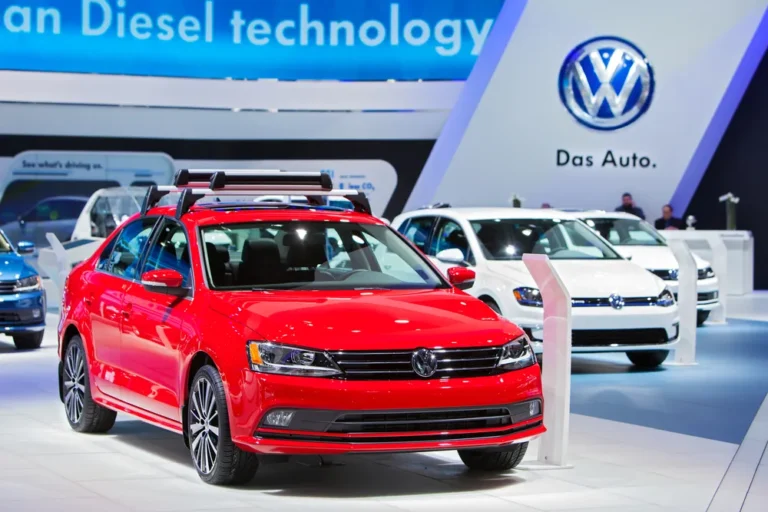Table of Contents
ToggleIntroduction
Volkswagen! The name conjures images of iconic Beetles, reliable Golfs, and innovative electric vehicles. But how did this brand, affectionately known as the “people’s car,” carve out such a significant place in the automotive world? Let’s dive into the captivating journey of Volkswagen, from its humble beginnings to its status as a global icon.
The Birth of a Legend: Volkswagen’s Early Days
Volkswagen, translating to “people’s car” in German, was born out of a vision to create affordable and reliable transportation for the masses. But did you know it all started with a government initiative in the 1930s?
The Visionary Behind the Wheels
Ferdinand Porsche, the genius engineer behind the original Volkswagen design, aimed to create a car that was not only economical but also robust and dependable. His vision laid the groundwork for what would become an automotive revolution.
The Beetle: An Icon is Born
The Volkswagen Beetle, or “Bug” as it’s affectionately known, rolled off the assembly line in 1938. With its unique shape and practicality, it quickly became a symbol of freedom and mobility. But what made the Beetle so special?
- Affordability: Designed to be affordable for the average person.
- Durability: Known for its robust engineering.
- Unique Design: Its distinctive shape made it instantly recognizable.
Post-War Resurgence: Volkswagen’s Rise to Global Fame
The aftermath of World War II saw Volkswagen rise from the ashes, thanks to the British Army’s intervention. They recognized the potential of the Beetle and set the wheels in motion for mass production.
Conquering the Global Market
By the 1950s, Volkswagen was exporting Beetles worldwide. Its reliability and quirky design won hearts across continents, establishing Volkswagen as a beloved brand.
Expanding the Fleet
Volkswagen didn’t stop at the Beetle. The introduction of models like the Type 2 (the iconic VW Bus) and the Karmann Ghia expanded its appeal. These vehicles became symbols of the counterculture movement in the 1960s, embodying the spirit of freedom and adventure.
The Modern Era: Innovation and Sustainability
Fast forward to today, and Volkswagen remains at the forefront of automotive innovation. How has the brand managed to stay relevant in an ever-changing industry?
Embracing Electric: The ID. Series
Volkswagen’s commitment to sustainability is evident in its ID. series of electric vehicles. These cars are designed to be eco-friendly without compromising on performance or style.
- ID.3: Compact and efficient, perfect for city driving.
- ID.4: An electric SUV that combines space and sustainability.
- ID.Buzz: A modern take on the classic VW Bus, now electric!
Technological Advancements
From advanced safety features to cutting-edge infotainment systems, Volkswagen’s modern vehicles are packed with technology that enhances the driving experience.
FAQs About Volkswagen
What’s the story behind Volkswagen’s name?
Volkswagen means “people’s car” in German, reflecting its mission to provide affordable transportation for everyone.
How did the Beetle become so popular?
The Beetle’s popularity stemmed from its affordability, durability, and distinctive design, making it accessible and appealing to a wide audience.
What are Volkswagen’s plans for the future?
Volkswagen is focusing on sustainability and innovation, with a strong emphasis on electric vehicles and advanced technologies.
Conclusion
Volkswagen’s journey from a humble idea to a global automotive powerhouse is nothing short of remarkable. Its ability to innovate while staying true to its roots has cemented its place in the hearts of millions. Whether you’re a fan of the classic Beetle or excited about the future of electric vehicles, Volkswagen’s legacy is one of enduring impact and constant evolution. So, next time you see that familiar VW logo, you’ll know there’s a rich history and a promising future behind it!

